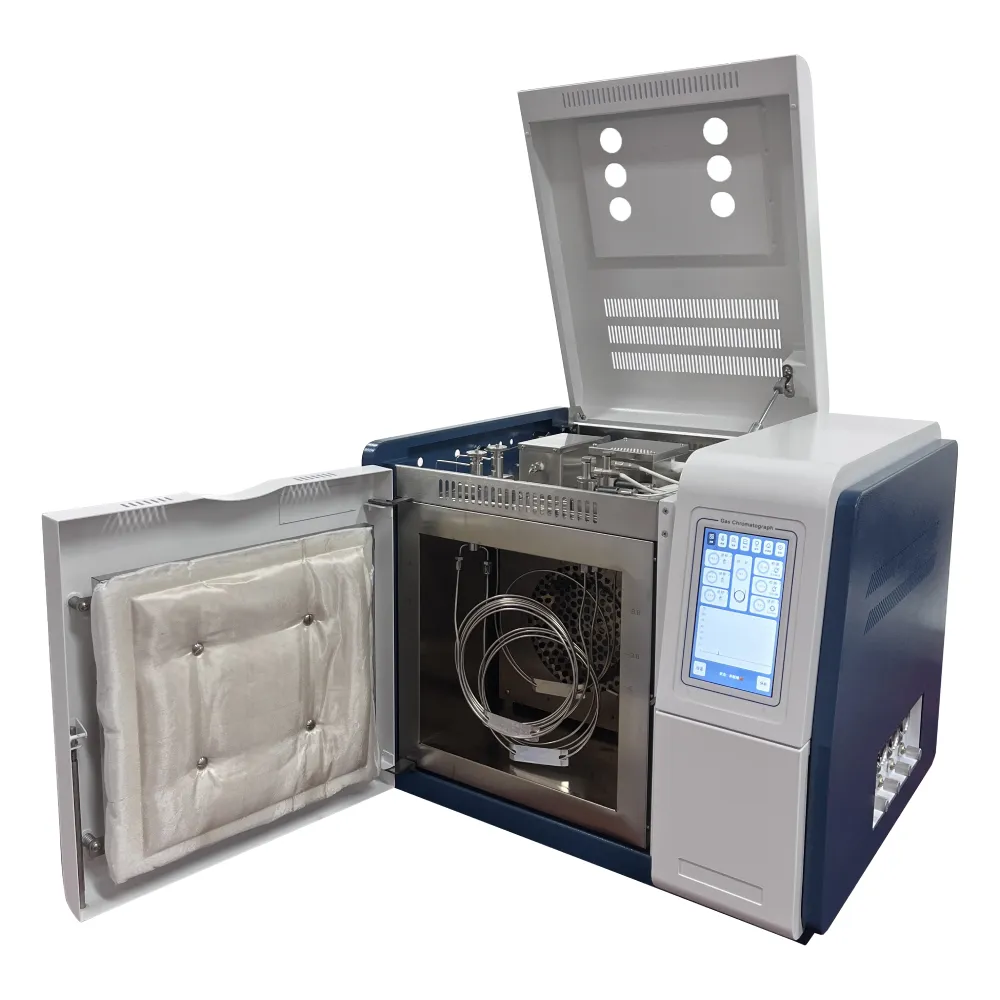 English
English



-
 Afrikaans
Afrikaans -
 Albanian
Albanian -
 Amharic
Amharic -
 Arabic
Arabic -
 Armenian
Armenian -
 Azerbaijani
Azerbaijani -
 Basque
Basque -
 Belarusian
Belarusian -
 Bengali
Bengali -
 Bosnian
Bosnian -
 Bulgarian
Bulgarian -
 Catalan
Catalan -
 Cebuano
Cebuano -
 China
China -
 China (Taiwan)
China (Taiwan) -
 Corsican
Corsican -
 Croatian
Croatian -
 Czech
Czech -
 Danish
Danish -
 Dutch
Dutch -
 English
English -
 Esperanto
Esperanto -
 Estonian
Estonian -
 Finnish
Finnish -
 French
French -
 Frisian
Frisian -
 Galician
Galician -
 Georgian
Georgian -
 German
German -
 Greek
Greek -
 Gujarati
Gujarati -
 Haitian Creole
Haitian Creole -
 hausa
hausa -
 hawaiian
hawaiian -
 Hebrew
Hebrew -
 Hindi
Hindi -
 Miao
Miao -
 Hungarian
Hungarian -
 Icelandic
Icelandic -
 igbo
igbo -
 Indonesian
Indonesian -
 irish
irish -
 Italian
Italian -
 Japanese
Japanese -
 Javanese
Javanese -
 Kannada
Kannada -
 kazakh
kazakh -
 Khmer
Khmer -
 Rwandese
Rwandese -
 Korean
Korean -
 Kurdish
Kurdish -
 Kyrgyz
Kyrgyz -
 Lao
Lao -
 Latin
Latin -
 Latvian
Latvian -
 Lithuanian
Lithuanian -
 Luxembourgish
Luxembourgish -
 Macedonian
Macedonian -
 Malgashi
Malgashi -
 Malay
Malay -
 Malayalam
Malayalam -
 Maltese
Maltese -
 Maori
Maori -
 Marathi
Marathi -
 Mongolian
Mongolian -
 Myanmar
Myanmar -
 Nepali
Nepali -
 Norwegian
Norwegian -
 Norwegian
Norwegian -
 Occitan
Occitan -
 Pashto
Pashto -
 Persian
Persian -
 Polish
Polish -
 Portuguese
Portuguese -
 Punjabi
Punjabi -
 Romanian
Romanian -
 Russian
Russian -
 Samoan
Samoan -
 Scottish Gaelic
Scottish Gaelic -
 Serbian
Serbian -
 Sesotho
Sesotho -
 Shona
Shona -
 Sindhi
Sindhi -
 Sinhala
Sinhala -
 Slovak
Slovak -
 Slovenian
Slovenian -
 Somali
Somali -
 Spanish
Spanish -
 Sundanese
Sundanese -
 Swahili
Swahili -
 Swedish
Swedish -
 Tagalog
Tagalog -
 Tajik
Tajik -
 Tamil
Tamil -
 Tatar
Tatar -
 Telugu
Telugu -
 Thai
Thai -
 Turkish
Turkish -
 Turkmen
Turkmen -
 Ukrainian
Ukrainian -
 Urdu
Urdu -
 Uighur
Uighur -
 Uzbek
Uzbek -
 Vietnamese
Vietnamese -
 Welsh
Welsh -
 Bantu
Bantu -
 Yiddish
Yiddish -
 Yoruba
Yoruba -
 Zulu
Zulu
Potentiometric Analysis of Strong Acid and Strong Base Titration Dynamics
Potentiometric Titration of Strong Acid with Strong Base
Potentiometric titration is a robust analytical technique that employs a potentiometer to measure the potential (voltage) developed in a solution as a titrant is added. This method is especially useful in determining the concentration of an acid or base in a solution. In the case of titrating a strong acid with a strong base, the process provides valuable insights into the nature of the acid-base interaction, the equivalence point, and the overall pH change throughout the titration.
When a strong acid, such as hydrochloric acid (HCl), is titrated with a strong base, like sodium hydroxide (NaOH), the reaction can be represented by the equation
\[ \text{HCl (aq)} + \text{NaOH (aq)} \rightarrow \text{NaCl (aq)} + \text{H}_2\text{O (l)} \]
The initial solution contains a significant concentration of H+ ions, resulting in a low pH. As NaOH, a strong base that dissociates completely to yield OH- ions, is progressively added, a neutralization reaction occurs. During this titration, the pH of the solution progressively increases as the strong base neutralizes the strong acid.
potentiometric titration strong acid strong base

At the beginning of the titration, the pH level remains low due to the high concentration of H+ ions. However, as the titrant (NaOH) is added, the neutralization reaction consumes the H+ ions, leading to a gradual increase in pH. This midpoint of the titration can be represented visually in a titration curve, where the x-axis plots the volume of NaOH added, and the y-axis shows the corresponding pH.
A key aspect of potentiometric titration is identifying the equivalence point — the point at which the amount of titrant added is stoichiometrically equivalent to the amount of analyte in the solution. For the titration of a strong acid with a strong base, the equivalence point occurs at a pH of approximately 7, indicating complete neutralization. At this stage, the concentration of H+ ions equals that of OH- ions, forming pure water and showcasing that the resultant solution is neutral.
To determine the pH changes accurately throughout the titration, a pH electrode is utilized in conjunction with a potentiometer. As the titration progresses, the pH readings are continuously recorded, allowing for the construction of a titration curve. This curve typically exhibits a steep slope around the equivalence point, providing a clear visual representation of the sudden change in pH that accompanies the complete neutralization of the acid.
One of the advantages of potentiometric titration is its ability to provide precise and accurate measurements, particularly compared to colorimetric methods that rely on indicators and are subject to subjective interpretation. Furthermore, it allows for the determination of the equivalence point with high precision, even in cases where the color change may be difficult to perceive.
In summary, the potentiometric titration of a strong acid with a strong base is an important technique in analytical chemistry that provides valuable quantitative data through the meticulous evaluation of pH changes during the reaction. The use of a potentiometer facilitates this process, enabling researchers and chemists to accurately determine concentrations, understand reaction dynamics, and optimize experimental conditions. This method proves essential in various applications, including environmental analysis, pharmaceuticals, and chemical manufacturing, where precise acid-base measurements are crucial.
-
Testing Equipment Industry Sees Major Advancements in 2025: Smart & Precision Technologies Lead the WayNewsJun.06,2025
-
Applications of Direct Current Generators in Renewable Energy SystemsNewsJun.05,2025
-
Hipot Tester Calibration and Accuracy GuidelinesNewsJun.05,2025
-
Digital Circuit Breaker Analyzer Features and BenefitsNewsJun.05,2025
-
Benefits of Real-Time Power Quality Monitoring Devices for Industrial EfficiencyNewsJun.05,2025
-
Earth Fault Loop Testing in High-Rise Building Electrical SystemsNewsJun.05,2025



